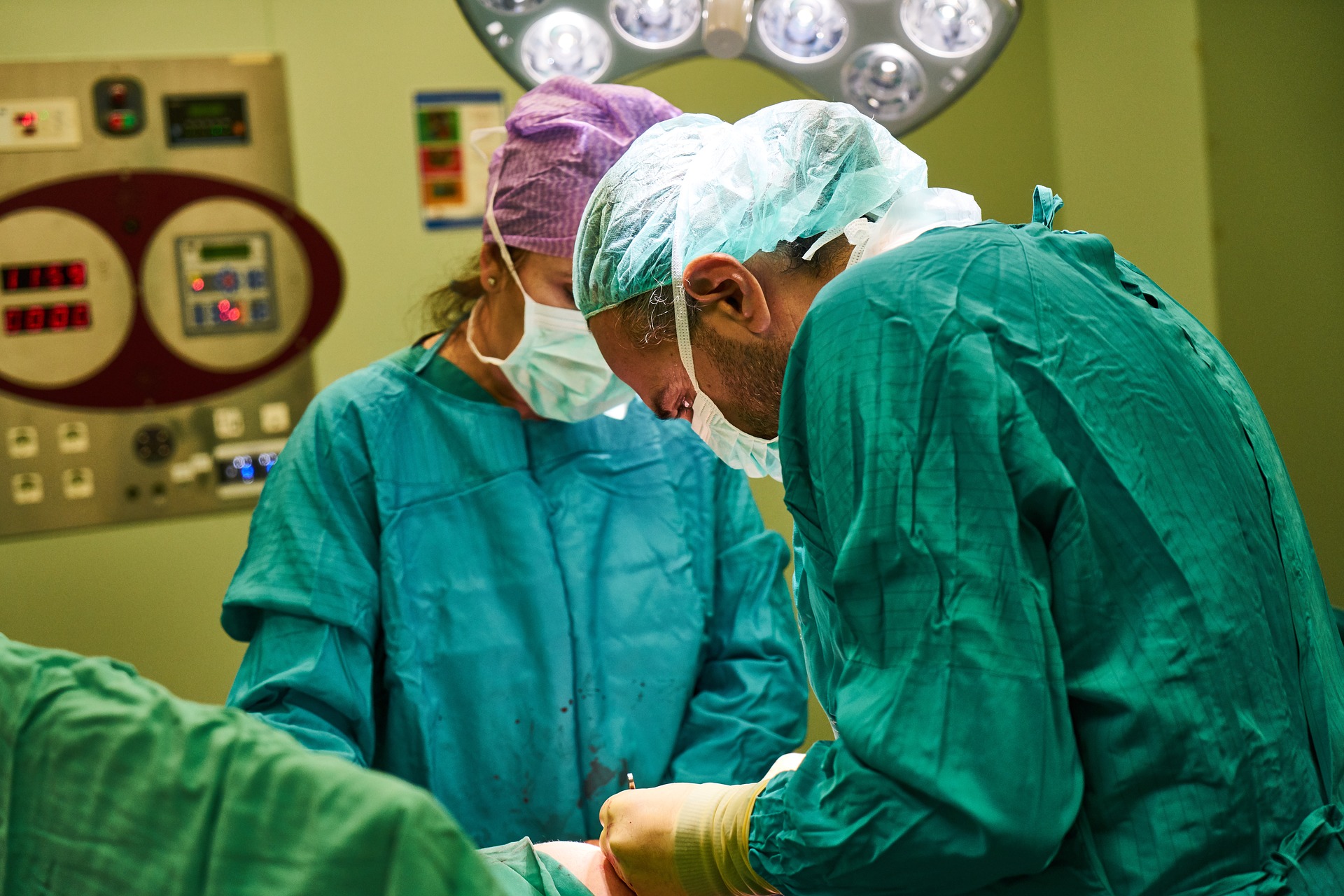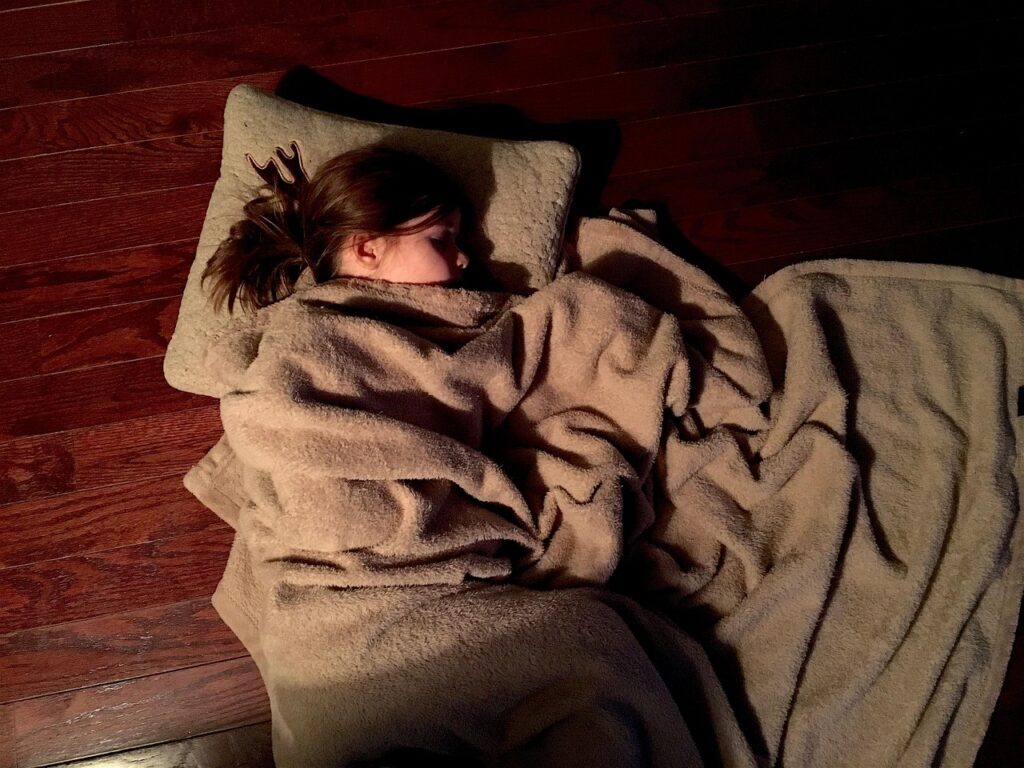The risk of severe Covid 19 disease is much higher for physicians, nurses and paramedics than for people in non-systemic occupational groups, according to a British study. In the United Kingdom, the rate is seven times greater, epidemiologists at the University of Glasgow found in a study.
The researchers did not compare the numbers of CoV infections, but only those of Covid 19 patients in British hospitals, including those who died. The World Health Organization (WHO) had already reported in September that 14 percent of all reported infections worldwide were among people in health care professions. In some countries, the rate is as high as 35 percent, although their share of the population as a whole is less than three percent in most countries.
The analysis by a team of epidemiologists from the University of Glasgow now matches these figures. This used, among other sources, the UK Biobank, which contains records from around half a million people, as well as British CoV data from the first lockdown, which lasted in the UK from mid-March to the end of July.
Study included 120,000 people
The study included just over 120,000 people between the ages of 49 and 64. More than 35,000 (29 percent) had an “essential” job, i.e. worked in healthcare (nine percent), social services and education (eleven percent) and in the police, transport and food preparation sectors (nine percent). The researchers first found that an above-average number of women and a disproportionate number of blacks and people of Asian origin were employed in these fields.
As the scientists report in the journal “Occupational & Environmental Medicine,” they then compared how high the risk of a covid-19 infection with a severe course, i.e. with hospitalization or even death, was for the different occupational groups. A total of 271 of these cases occurred. Their study found that healthcare professionals – physicians, pharmacists, medical assistants, nurses and paramedics – had a seven-fold higher risk of severe disease than representatives of non-essential professions. For medical support staff, this risk was even nine times higher.
Employees in social services and education also more affected
Workers in social services and education were 84 percent more likely to have severe Covid 19, while “other” workers in systemically important occupations had a 60 percent higher risk. A more detailed breakdown of occupational groups also found that social service workers were 2.5 times more likely to be at risk than non-essential workers.
In terms of ethnicity, the epidemiologists found that black or Asian-origin people in non-essential occupations had a three times higher risk of severe Covid 19 disease than white people in the same occupational groups. In essential occupations, the risk was as much as eight times higher for the two groups.
hp, Source: ORF.at/agencies, picture: pixabay.com
This post has already been read 1251 times!



